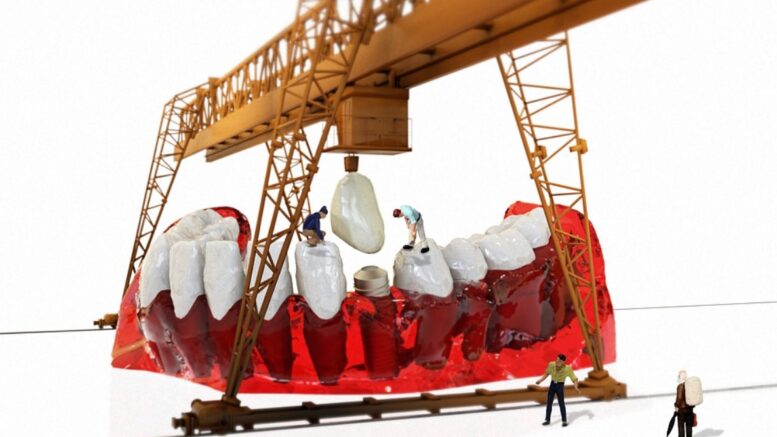Dental crowns are frequently used orthodontic implants used in cosmetic and restorative dentistry to reinforce and strengthen the entire tooth structure. They are strong dental devices built with sturdy and resistant materials such as ceramic, metal and zirconia. Still, just like even the most robus object, they are still prone to issues and damage, especially if not managed properly.
Adequate maintenance is necessary to ensure they can last up to 20 years, and simple care practices such as brushing and flossing your teeth two times a day can go a long way. When an issue occurs, it is important to contact your dentist as soon as possible to prevent more serious problems.
Here is a short list of some of the most common issues that may occur with a dental crown.
Dental Decay:
Dental crowns cannot be attacked by bacteria, and are, therefore, immune to normal decay. However, the tooth under the crown can still be invaded by bacteria if these fill the space between the tooth and the implant. Eventually, the crown might become dislodged, causing further damage to it and to the tooth below. If traces of decay are present, your dentist may fill the space with a filling, but when that is not possible, the crown must be taken off, cleaned, and the core must be substituted.
Chipped Crowns
Porcelain crowns are made of a hard but fragile material that lacks the toughness of natural teeth. Although rarely, they can get chipped or fractured, especially if you suffered from a facial trauma or chewed a really hard food like a nut. If the fracture is too large, the whole crown needs to be replaced. However, for smaller chips, your dentist may repair them with a composite resin.
Dark Lines Near The Crown
Sometimes, especially with older dental crowns, a black or dark grey line will start appearing above the crown, and along the gums. This is not a serious issue and has no consequences on your dental health, although it may look aestethically unpleasant to look at. Older crowns were made of porcealin infused with metal – over time the metal begins showing up, causing a dark line to appear. Modern all-ceramic crowns do not have this problem anymore, but the only solution is to substitute the old crown with a new one.
Conclusion
If a dental crown only has suffered only minor damage, repairing it may be easy and not too expensive. After all, even the best dental crown brisbane is prone to issues. Checking your crowns from time to time may save you the headache of having to substitute them.
